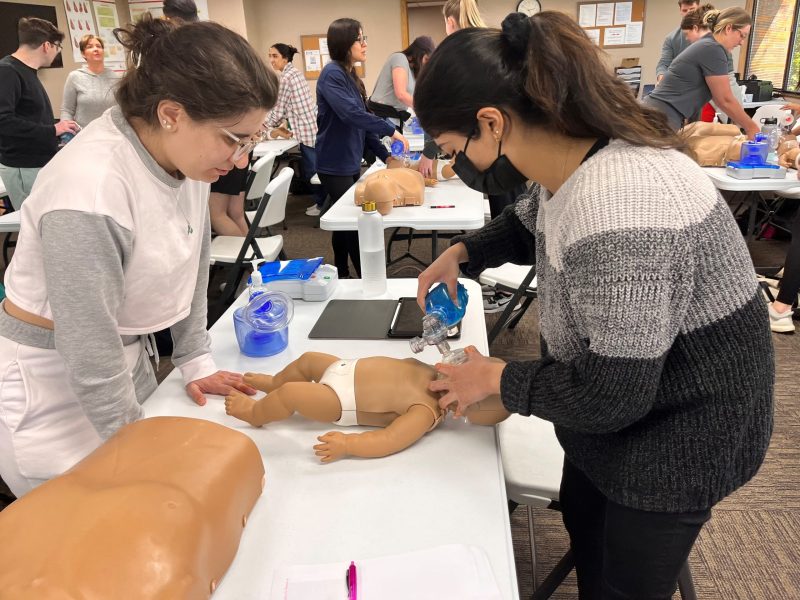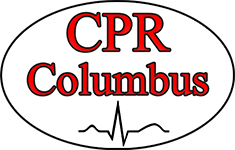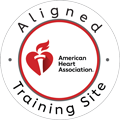Emergencies can happen at any time, and when they do, immediate and effective respiratory support can mean the difference between life and death. According to the American Heart Association, rapid intervention during respiratory distress significantly improves survival rates. One of the most vital tools for emergency ventilation is the bag-valve-mask (BVM). Used by healthcare providers, first responders, and trained individuals, BVMs are essential in resuscitation efforts when patients are unable to breathe on their own. This article explores the importance of bag-valve masks, their proper use, and the training needed to master this lifesaving skill.
What is a Bag-Valve Mask?
A bag-valve-mask, commonly known as a BVM, is a manual resuscitation device used to provide ventilation to individuals who are not breathing adequately or at all. It consists of three main components: a self-inflating bag, a one-way valve, and a face mask that fits securely over the patient’s nose and mouth. BVMs come in different types, including manual models that require a trained responder to operate and automatic versions that provide consistent ventilation without manual compression. Regardless of the type, the primary function of a BVM is to ensure oxygenation and ventilation in critical situations.

When and Why BVMs Are Used
Bag-valve masks are used in various emergency scenarios, including cardiac arrest, trauma cases, respiratory failure, and drug overdoses. In these situations, maintaining proper oxygen levels is crucial to prevent brain damage and other complications. BVMs provide an effective way to deliver positive pressure ventilation, helping patients receive adequate oxygen while awaiting advanced medical care. Compared to other ventilation methods, such as mouth-to-mouth resuscitation, BVMs are more efficient and hygienic, making them the preferred choice for emergency responders and healthcare professionals.
Using a bag-valve mask correctly requires knowledge and skill. The first step is to position the patient properly, ensuring their airway is open. Next, the mask should be placed securely over the nose and mouth to create an airtight seal. The responder then compresses the bag at a controlled rate, providing oxygen-rich air to the lungs. It is important to maintain the correct ventilation rate—typically 10-12 breaths per minute for an adult—to prevent complications such as hyperventilation or reduced cardiac output. Common mistakes, such as inadequate sealing or excessive ventilation, can reduce the effectiveness of resuscitation efforts. Proper training and practice are essential to avoid these errors.
Proper Use of a Bag-Valve Mask
Bag-valve masks play a critical role in CPR, particularly in Basic Life Support (BLS) and Advanced Cardiac Life Support (ACLS) protocols. When performing CPR, effective ventilation is as important as chest compressions. BVMs are used in conjunction with other resuscitation techniques to ensure adequate oxygenation. Successful use of a BVM during CPR requires teamwork and clear communication among responders. Proper coordination ensures that ventilation is delivered efficiently without disrupting chest compressions, maximizing the patient’s chances of survival.
The Role of BVMs in CPR
Given the importance of bag-valve masks in emergency care, hands-on training is essential for mastering their use. CPR Columbus offers comprehensive training programs that cover BVM use in BLS, ACLS, and Pediatric Advanced Life Support (PALS) courses. These programs provide participants with real-life scenarios and hands-on practice, ensuring they gain the confidence and skills needed to act swiftly in emergencies. A stress-free learning environment helps students feel comfortable while mastering these crucial lifesaving techniques.
Call Us Now
Get the Best CPR Class in Columbus Today!
Innovations in Bag-Valve Mask Technology
Recent advancements in bag-valve mask technology have improved emergency care outcomes. Innovations such as integrated oxygen reservoirs, enhanced mask designs for better sealing, and automated ventilation features have made BVMs more efficient and user-friendly. These improvements help healthcare providers deliver more effective resuscitation, ultimately increasing patient survival rates. Staying informed about these advancements is important for medical professionals seeking to enhance their emergency response skills.
Conclusion
If you are ready to improve your ability to respond in emergencies, enroll in a CPR Columbus training program today. Whether you need certification or renewal in BLS, ACLS, PALS, or First Aid, CPR Columbus provides hands-on, stress-free training designed to equip you with the skills to save lives. Be prepared—take action now and become a confident, capable responder in critical situations.


